
views
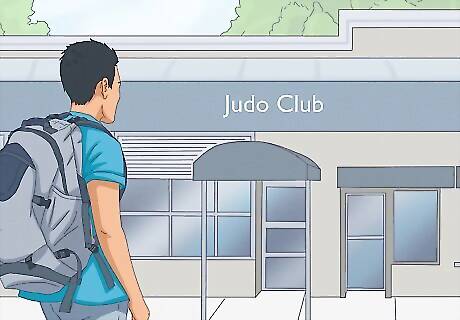
Find a local studio that offers Judo lessons. Look to make sure there are people there of your own size and weight. You can learn the most by training with people who are a similar size to yourself. But make sure that the coach is a Black (or Red) Belt (the highest rank, depending on your country), especially above 1st degree. Having an experienced instructor is important not just for quality of learning but also for your safety!
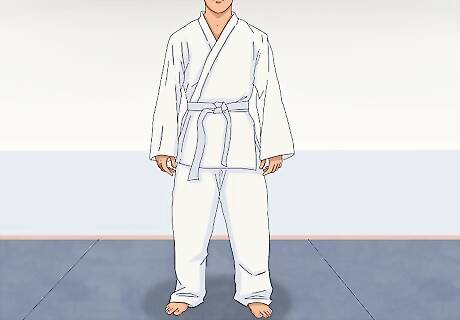
Get the kit. Get the Judo "gi" (pronounced ghee, commonly and incorrectly called a "kimono"), the judo uniform. The gi top is like a sturdy jacket for grip-training, and the pants roomy and good for movement. This can be acquired online, at sports stores, or through your club. Ask for help finding your size as they will be able to let you try on other member's jackets for comparison. Always bear in mind that your gi is likely to shrink when it is laundered.
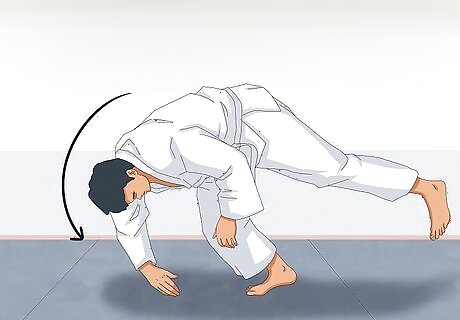
Learn the breakfalls. Ukemi (breakfalls) are what stops the fall from hurting and, without them, you'll be black and blue very quickly. Falling the wrong way can also knock the wind from you, which is uncomfortable and cuts into your practice time. Done properly, getting thrown should not hurt at all. Protect your head. If you know someone is going to drop to their knees during a throw then tuck it in to prevent it hitting the mat.
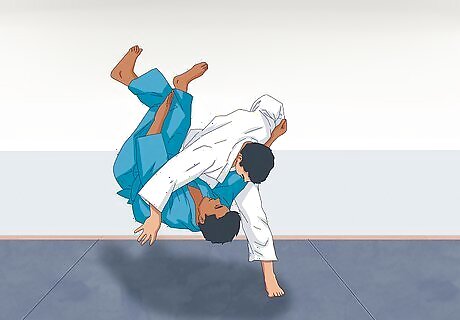
Work on learning a few moves, and perfecting them. Add new ones, expanding your moves. Learning cool new judo techniques will keep you motivated, but never forget to adhere to your basics. Watch the Judo masters: they often have a tournament arsenal no bigger than 4-6 throws. It's better to do a few judo moves well, than many moves badly.
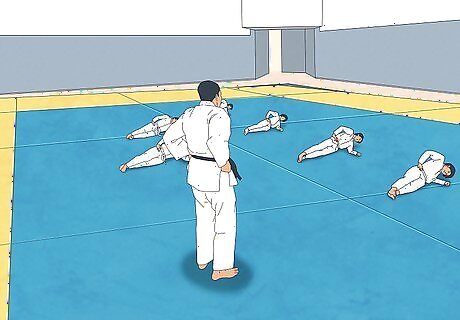
Drill! The conditioning may not seem fun, but you will feel ten times better on the mat if you practice a few cursory sweeping and balance drills regularly in your spare time. Drilling will increase your physical fitness, strength and stamina over time which will improve your performance. It will also build your "muscle memory" of different moves which will increase the fluency and ease you can perform them- particularly during a fight. "Muscle memory" is referring to the fact that muscles "remember" what they have done before and can replicate the move more easily.
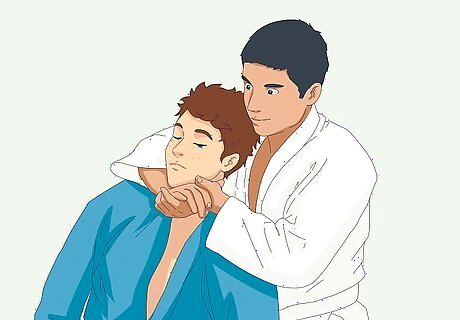
Learn groundwork techniques. This includes hold-downs, and for adults, strangles and armlocks too. Strangles and armlocks can win you a fight instantly if done correctly. Remember, most (real) fights are won on the ground. Training Brazilian jiu-jitsu is a great way to supplement your judo with ground techniques!
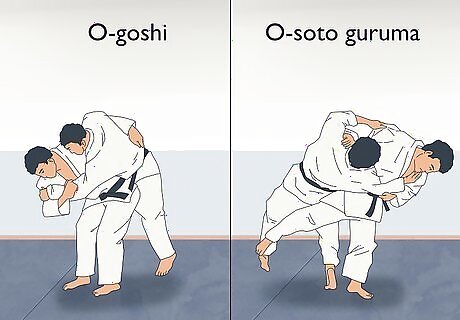
Learn some Japanese names. Then when your teammates are shouting "Do ippon-seoi-nage!!" you'll know what they mean. Japanese terminology may also be needed for grading and used in competitions- you don't want to miss a judge's cue in a fight because you don't understand what they're saying!
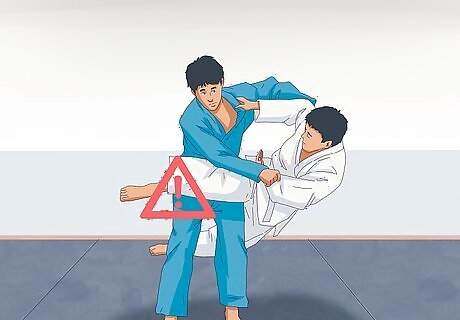
Learn the rules. At gradings, this will work in your favour; for example, if you grasp your opponent's leg with your legs while you are being held down, the hold is broken.
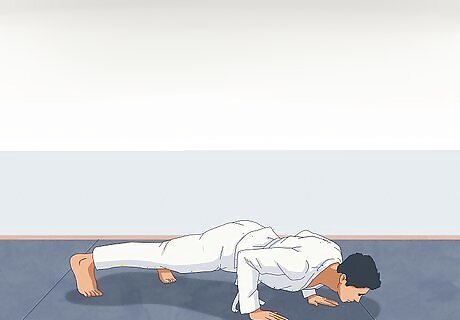
Train regularly. There is no substitute for practice, and no amount of reading about judo can replace actual practice, so stop being lazy and get stuck in!!
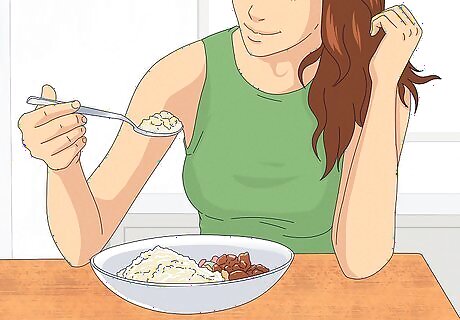
Eat and drink healthily and have an active lifestyle. Having a healthy body (including a healthy weight) has a huge number of benefits, including leaving you with good stamina, making training easier and allowing you to fight with other people your fitness/size.
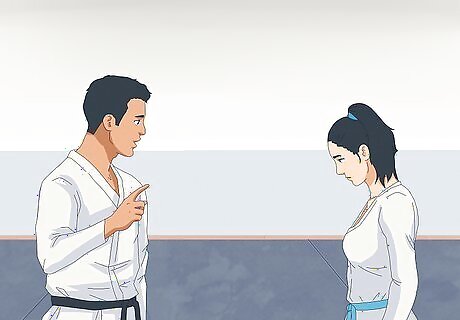
Don't be afraid to ask questions. There are no stupid questions. Those beefy black belts are just normal people, and will be only too happy to help you learn their favorite sport.
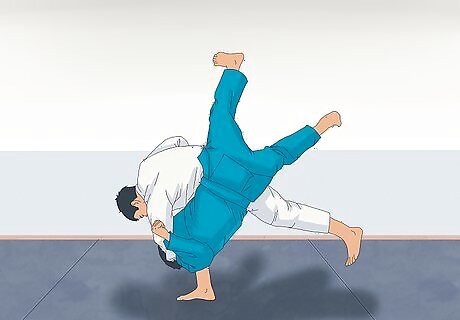
Learn counterattacks to basic judo throws, then when your opponent does a certain throw, you'll be able to use it to your advantage, particularly if you are small framed and often have a certain move used against you.

Practice both left- and right-handed techniques. Most players are only used to fighting right-handed, and they are often unable to defend against left-handed throws. (If you are already left-handed, you have a head start!)
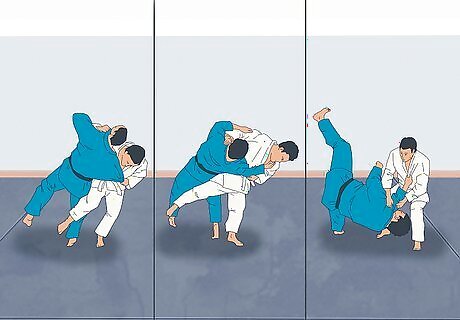
Learn combinations. This means that even if the first move you try is anticipated, you can quickly transition into another. A rapid change in direction can help unbalance even more experienced opponents.
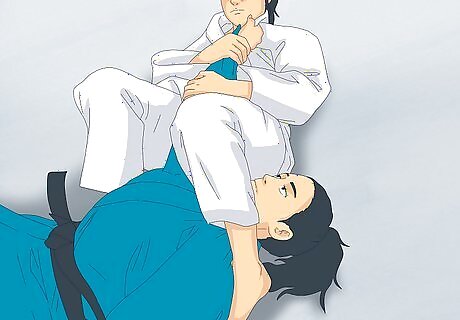
Practice transitions from standing techniques (tachi-waza) to ground techniques (ne-waza). For example landing in a hold-down, a strangle or armlock, directly from a throw or takedown. This dramatically improves your competitive advantage.
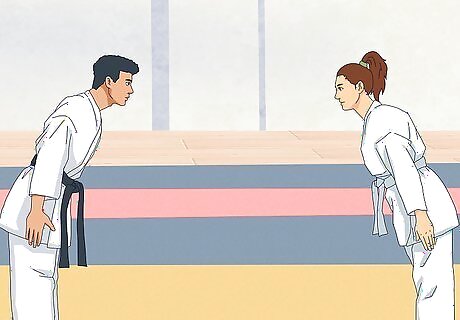
Learn and understand the etiquette and history of judo. Although the sporting aspect of Judo is emphasized in modern practice, learning the history of the martial art, and understanding how Judo has evolved over the years will expand your horizons.




















Comments
0 comment